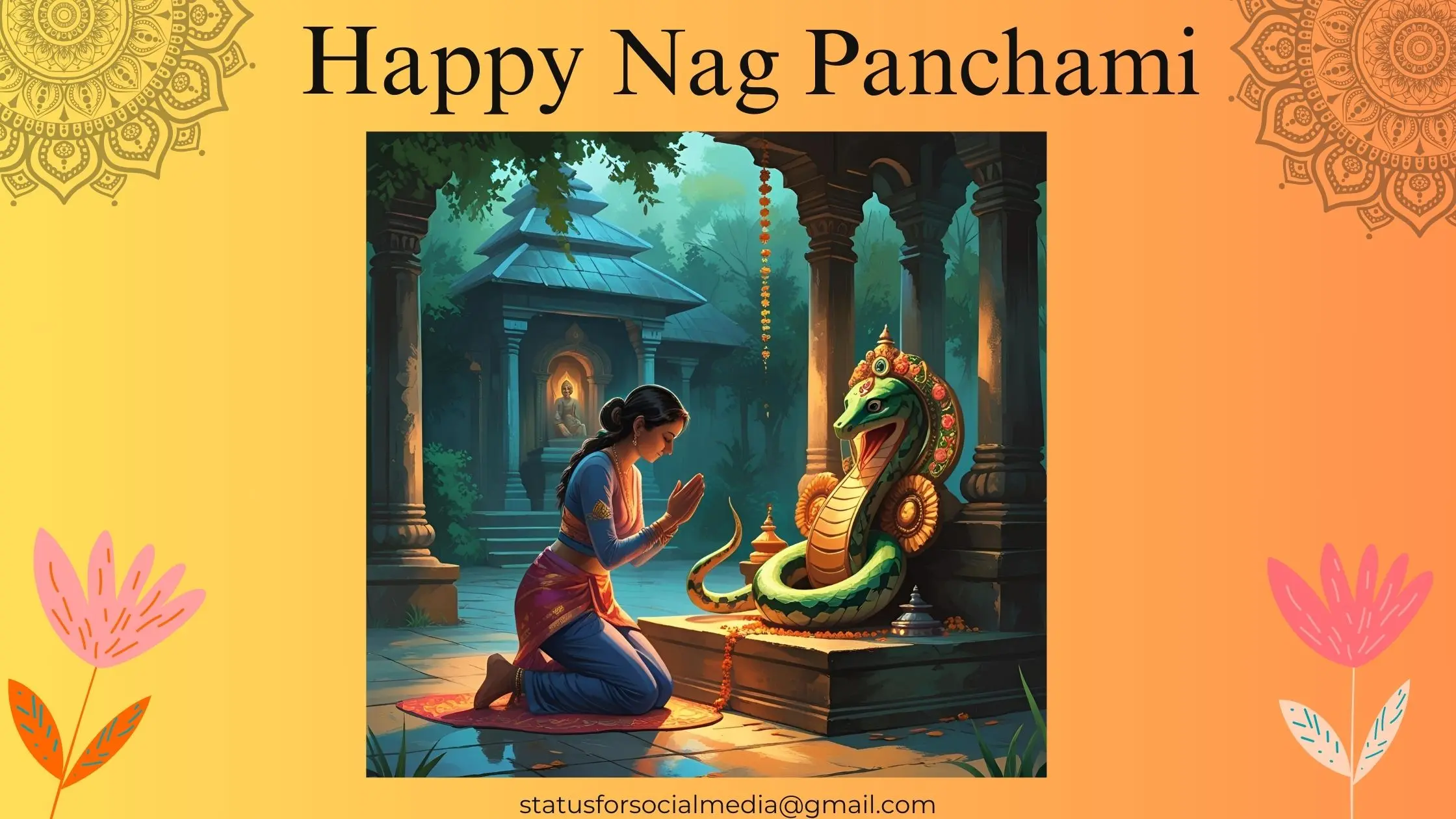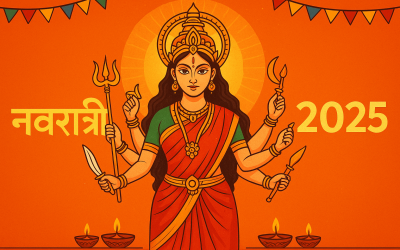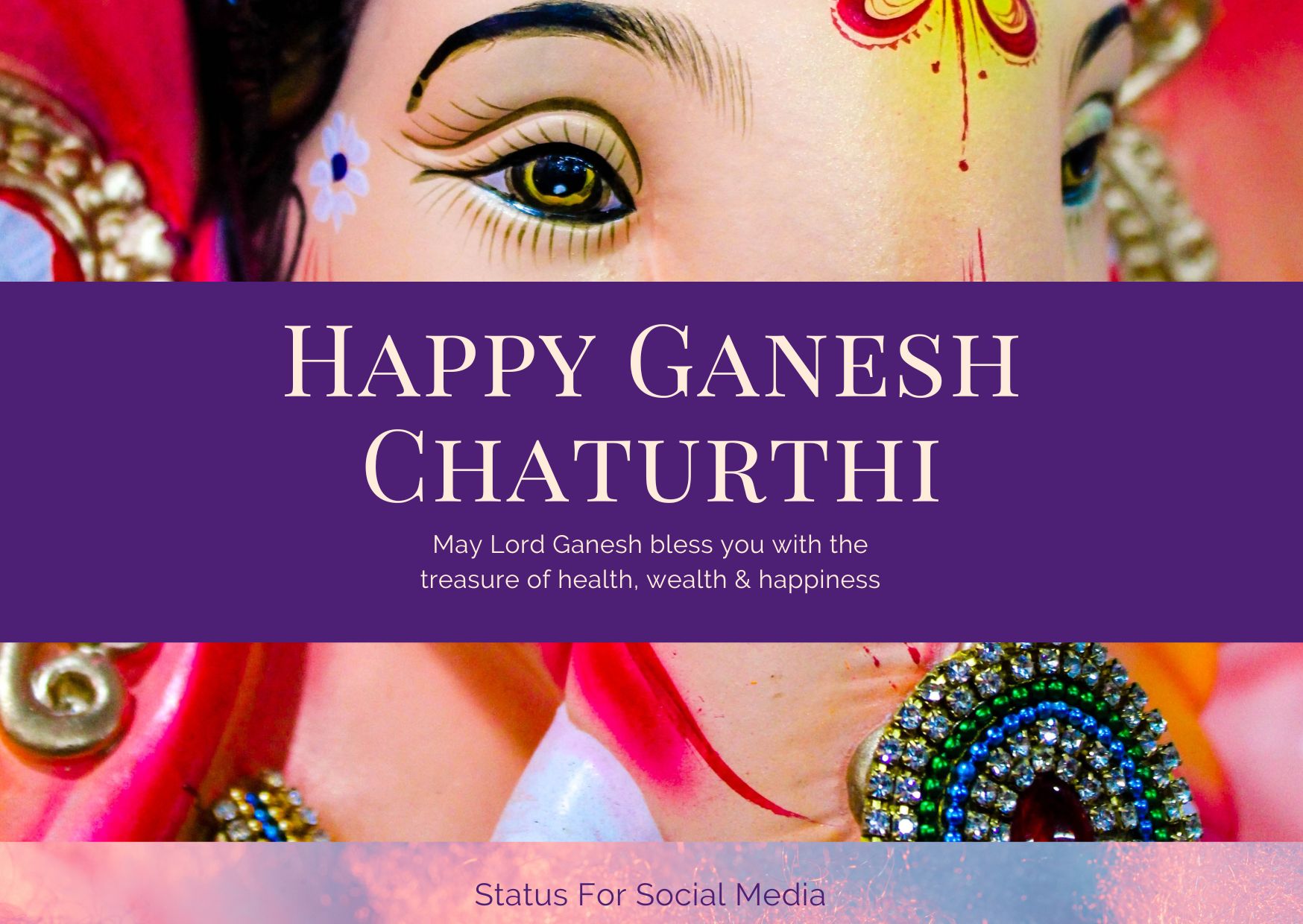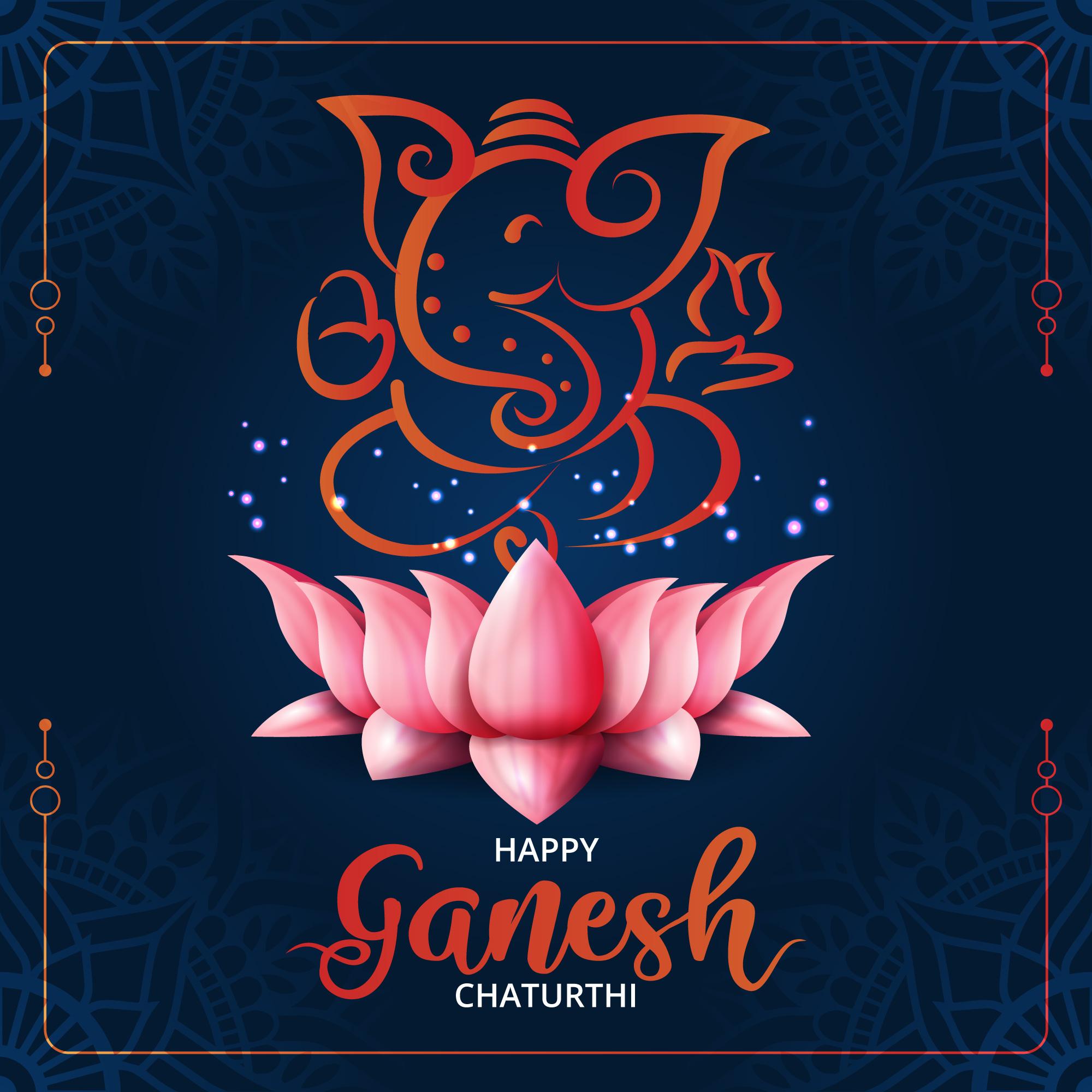The Nag Panchami Festival is one of the most revered Hindu celebrations, honoring serpent deities and promoting respect for nature and mythology. Naga Panchami is a day of traditional worship of nagas India is a land of diverse traditions and rich mythology, where even nature and its creatures find a sacred place in religious observances. Nag Panchami, one such unique festival, is dedicated to the worship of snakes, especially the Naga (serpent deities). Celebrated on the fifth day of the bright half of Shravan month (July–August), Nag Panchami honors the symbolic and spiritual significance of serpents in Hinduism.
This year nag panchami is celebrated on Tuesday, 29 Jul, 2025, ue, 29 Jul, 2025, The Panchami tithi (fifth day) begins on July 28th, 2025, at 11:24 PM and ends on July 30th, 2025, at 12:46 AM.
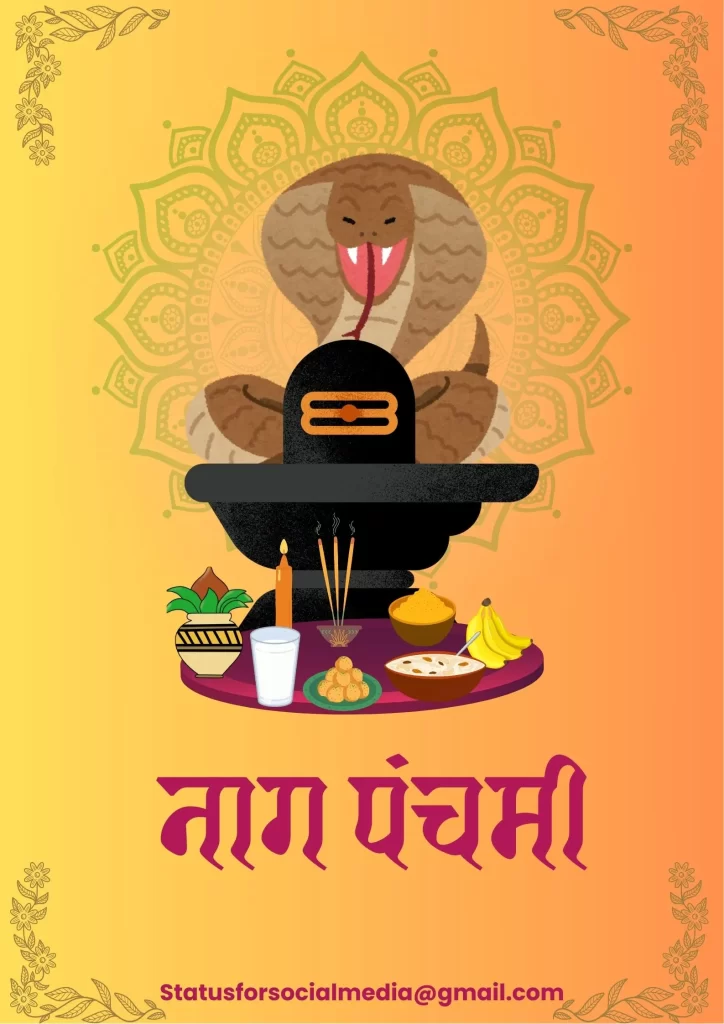
The Mythological Roots
Snakes have a revered place in Hindu mythology. Lord Shiva is depicted with a snake coiled around his neck, symbolizing power over death and time. Lord Vishnu rests on the cosmic serpent Sheshnag, and Lord Krishna, as a child, subdued the mighty serpent Kaliya, an event that is remembered during Nag Panchami.
The festival is also connected to the Mahabharata. It is said that Astika, the son of Rishi Jaratkaru, stopped the serpent sacrifice (Sarpa Satra) initiated by King Janamejaya to avenge his father’s death by snakebite. The event took place on Panchami, and hence the day is marked with reverence for snakes.
Rituals and Worship
On this day, devotees wake up early, take a holy bath, and offer milk, turmeric, flowers, and sweets to snake idols or real snakes, usually handled by snake charmers. The Nag Devta (serpent god) is worshipped with chants and mantras, and people seek protection from snakebites and misfortune.
Women observe fasts and offer prayers for the well-being of their families. In rural areas, images of snakes are drawn on walls with a paste of cow dung and turmeric. Milk and honey are poured into anthills or snake pits believed to be the dwelling of Nagas. Milk is believed to pacify the Nagas and bring good fortune.
Regional Variations
Nag Panchami is celebrated differently across regions in India:
- In Maharashtra and Karnataka, snake charmers bring cobras in baskets, and people worship them by offering milk and coins.
- In North India, devotees visit temples dedicated to the serpent deities like Nag Vasuki in Prayagraj or Bhujang Nag in Gujarat.
- In Bengal, the festival is associated with the worship of Manasa Devi, the snake goddess.
- In South India, particularly in Kerala, devotees visit temples with serpent groves known as Sarpakavu, and women perform traditional serpent dances.
Traditional Foods
- Kheer (rice pudding) and Puran Poli in Maharashtra
- Thambittu (sweet flour balls) in Karnataka
- Til laddoos and sesame-based sweets in North India
While many fast on this day, special foods are prepared in various regions:
Cultural and Environmental Significance
While rooted in mythology, Nag Panchami also reflects a deep ecological message. By honoring snakes, traditionally feared or killed, the festival fosters coexistence with wildlife and respect for biodiversity. In ancient times, when forests and fields were filled with snakes, this reverence helped ensure their protection and reduced human-animal conflict.
Furthermore, in agrarian communities, snakes play a vital role by keeping pests and rodents under control, and worshiping them symbolically acknowledges this ecological service.
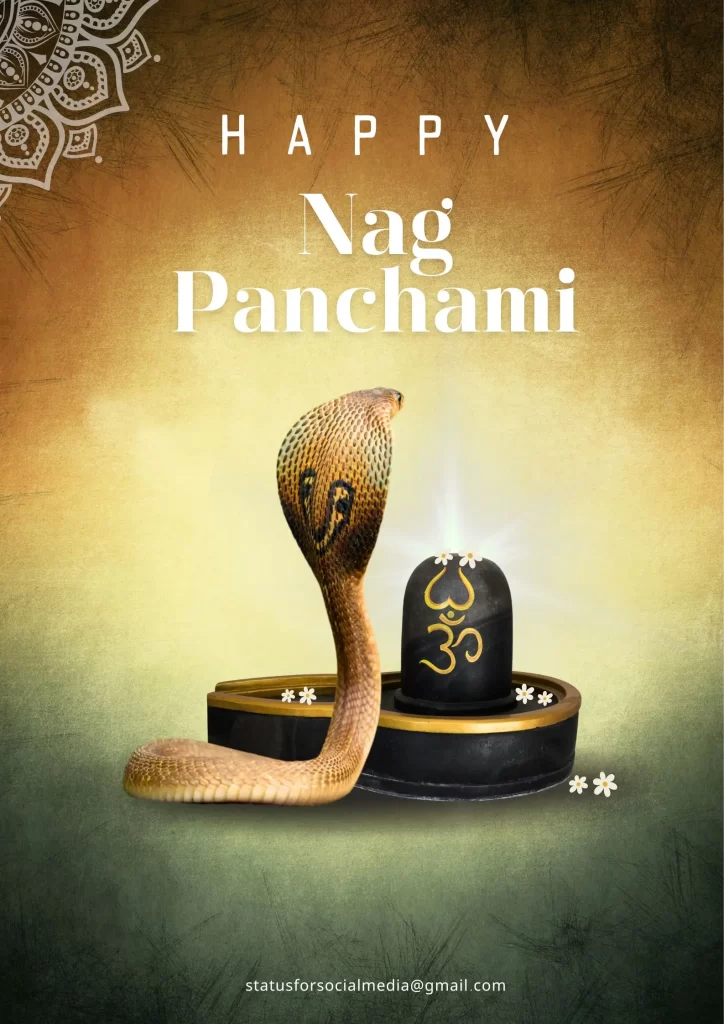
Do’s and Don’ts
While the festival encourages worship, animal rights activists advise against the captivity and public display of snakes, which can be cruel and harmful. Modern-day observances are encouraged to use idols or pictures for rituals, maintaining tradition without harming animals.
Conclusion
Nag Panchami is not merely a festival of rituals but a celebration of nature, mythology, and spiritual symbolism. It reminds us of the interconnectedness between humans and all living beings. As devotees offer milk and chant prayers, the day becomes a moment of devotion, respect, and cultural pride. In a world growing distant from nature, festivals like Nag Panchami guide us back to reverence for the natural world — where even serpents are sacred.
Nag Panchami is important because it:
- Honors divine serpents in Hindu mythology
- Reinforces ecological harmony and respect for all life
- Brings communities together through worship and cultural celebrations
- Is believed to protect individuals and families from misfortune.
Thank you
I hope you also like this post
www.statusforsocialmedia.com/sawan-2025-rituals-dates-and-divine-insights/
